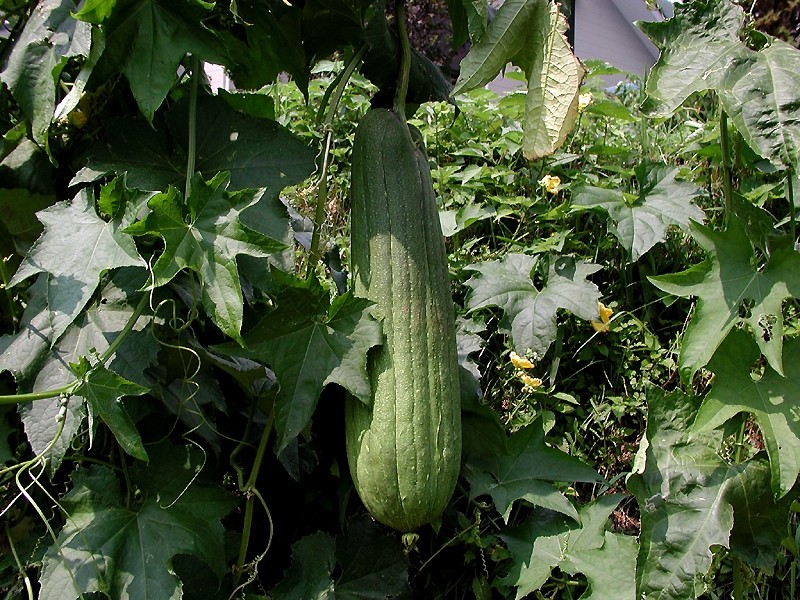Gourds come in dozens of species, each with its own unique shape, color, and size.
Gourds come in three general types: ornamental gourds (cucurbita), utilitarian gourds (lagenaria), and
vegetable sponge gourds (luffa). Also consider including a few different kinds of edible gourds.
Ornamental gourds are brightly colored and oddly shaped, typically used as decoration.The have
orange and yellow flowers. Utilitarian gourds are green while growing, and then dry a brown shade.
These gourds are most often used for tools and utensils because of their tough shell. Vegetable
sponge gourds have a shell that can be peeled off, revealing a center that can be used as a sponge.
These have yellow flowers while growing. While not all gourds are edible, many are. You can eat
Butternut Squash, Cushaw, Festival Squash, Golden Acorn, and more. Some other edible gourds
include: balsam apple, Chineseokra, Hercules war club, and young Luffa.






